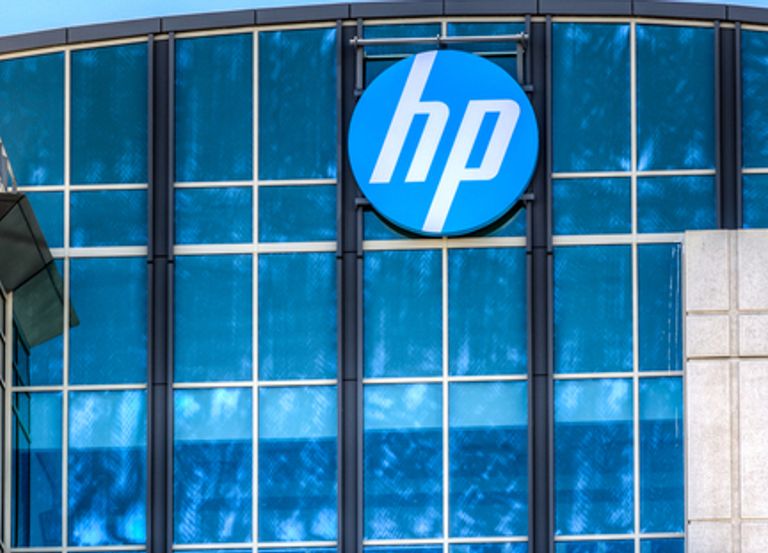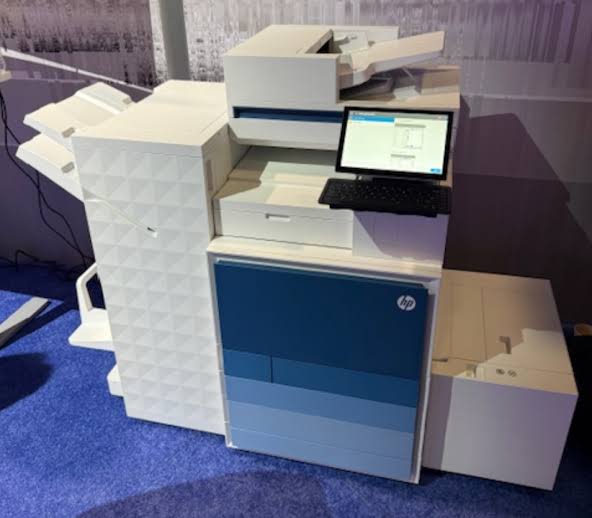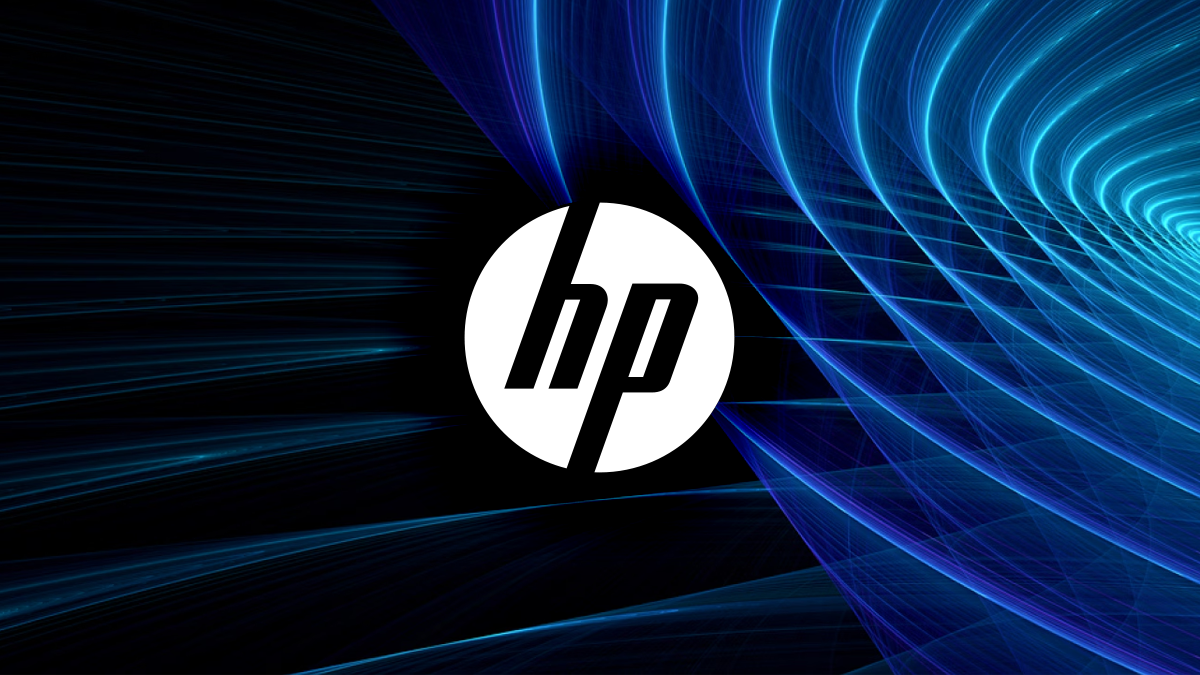
We are experiencing a profound technological revolution, with AI emerging as a transformative force. As AI continues to unlock new possibilities daily, consumers are optimistic about its potential to enhance the way they work but are eager to see tangible real-world applications. At the same time, business leaders envision a future where AI redefines productivity and personalization in the workplace. This future focuses on bridging the gap between business growth and employee satisfaction, using AI to reshape and elevate the employee experience.
HP’s Work Relationship Index, a global study examining the world’s relationship with work, uncovered a pressing need to improve employee engagement and overall happiness at work. The study found that only 28% of knowledge workers report a healthy relationship with work, and two-thirds of workers want more personalised work experiences and access to preferred technologies.
As AI becomes increasingly integrated into our lives, its influence on the future of work will become more evident. By 2025, we can anticipate several of these changes taking shape.
AI as a personalised experience
A personalised experience is one where we have the power to do deep work, drive growth and feel more personally fulfilled by doing what matters most. At least two-thirds of knowledge workers desire personalised work experiences; and 87% would give up a portion of their salary to get it. Personalisation is therefore an essential aspect of an evolved workplace where AI is at the forefront.
AI makes work personal by giving workers a simple and straightforward way to get things done that reflects their own preferences and workflows. We should be able to simply chat with AI using natural language and receive helpful responses and actions. And with generative AI, we should be able to analyse and assess personal files and get refined and focused responses tailored to our needs. Thankfully, these are tools that businesses can access today and see an improvement in the way workers navigate everyday tasks.
For example, with AI tools made available through commercial solutions such as Microsoft Copilot, companies around the world can access an AI assistant delivered through an ecosystem they’re already familiar with. Moreover, AI tools such as language translation and customisation of documents can meet specific company needs that enhance communication and efficiency.
Companies can communicate, translating across languages in real time, which wasn’t previously possible, opening new global markets and opportunities.
In Nigeria, these innovations are playing an increasingly important role in addressing the country’s unique challenges, particularly in bridging linguistic diversity. For instance, Awari, a Nigerian AI startup, has developed the country’s first multilingual Large Language Model (LLM) in collaboration with the National Information Technology Development Agency (NITDA) and the National Centre for Artificial Intelligence and Robotics (NCAIR).
This AI-driven language processing tool can translate, transcribe, and analyse languages including Yoruba, Hausa, Igbo, Pidgin, and Ibibio. By bridging communication gaps in multilingual workplaces, it helps employees from diverse backgrounds collaborate more effectively.
AI’s impact in Nigeria extends beyond communication—it is a catalyst for productivity, inclusivity, and employee wellbeing.
Nigeria’s AI market is experiencing significant growth, driven by innovation and collaboration within the ecosystem. Through the Nigerian AI Collective, NITDA fosters cooperation among AI professionals, researchers, and industry leaders, promoting the exchange of insights and best practices. Furthermore, NITDA’s National Centre for Artificial Intelligence and Robotics (NCAIR) plays a crucial role in advancing research and development in emerging technologies, with a strong focus on practical solutions to address national challenges.
Furthermore, the National Digital Economy Policy and Strategy (2020–2030) outlines a transformative vision for Nigeria’s economy, leveraging digital technologies—including AI—to drive job creation and enhance national productivity.
According to HP’s Work Relationship Index, knowledge workers (69%), business leaders (77%), and IT decision makers (76%) agree that a tailored work experience powered by AI improves overall job satisfaction. AI tools have proven effective in simplifying work processes, enabling employees to focus on tasks that require their expertise and creativity. In this context, ai is not just a tool for business efficiency but also a key driver of job satisfaction.
The Nigerian government recognizes AI’s potential to drive innovation and economic growth. The National Artificial Intelligence Strategy (NAIS), launched in 2024, lays the groundwork for widespread AI adoption. The framework focuses on empowering businesses to unlock new opportunities, improve efficiency, and create jobs, particularly in sectors where AI can solve real-world challenges.
A personalised experience therefore has both productivity and worker wellness benefits, which makes a company and its products and services better as a result. It should be a key consideration as businesses look for ways to improve and grow their brand reputation, outputs, and ultimately their bottom line.
Creation, connection and engagement processes accelerated AI bridges the gap between imagination and creation, empowering deeper connections and richer engagement among teams. Consider data scientists striving to build AI models—they often face significant obstacles. Fragmented tools complicate the development process, forcing teams to work across disconnected environments, which hampers collaboration. Limited compute resources further impede progress, with half of AI projects experiencing bottlenecks today.
To overcome these challenges, AI developers can now access the tools and frameworks they need in one centralized platform. They can launch shared projects in minutes, seamlessly connect to their data sets, and invite collaborators with just two clicks. Much like how shared documents revolutionized collaborative work, this unified approach enables developers to work together from a single interface, transforming model creation with simplicity and flexibility.
In addition to integrating platforms, developers need a unified approach to building robust models capable of addressing common challenges. Issues such as detecting hallucinations, drift, and bias can undermine the credibility of AI outputs. However, advanced integrated tools are now emerging to effectively tackle these problems, ensuring greater reliability and trust in AI solutions.
Video conferencing is being given an AI-powered refresh too. It’s now possible to feel like you’re in the same room as a colleague, even if they’re working on the other side of the world. By enabling seamless and friction-free connections with advanced voice, video and sensor technology, AI meeting room solutions can deliver life-like experiences for all participants. Real-time insights on room utilisation and issues monitoring also improve the user experience, making it more human and elevating the sense of presence and connectedness.
Anticipating a bright future
We’ve seen the forecasting of the energy strain that mass adoption of cloud-based AI applications poses, and we believe it’s something that will need to be addressed by the entire industry.
Generative AI searches use significantly more energy compared to conventional searches, and the AI industry is predicted to use as much energy as a country the size of the Netherlands by 2027. However, the benefits of AI, such as improving efficiency and reassigning staff to more valuable tasks, must be weighed against these costs.
To reduce energy consumption, companies can turn to AI-powered PCs. These devices consume less power than cloud-based AI solutions by shifting AI workloads from the cloud to local, on-device processing, with AI NPUs optimized for specific tasks. In addition, they feature intelligent power management tools, such as HP’s Sure Sense 2.0, which dynamically adjusts power usage based on user behaviour, maximizing efficiency.
Looking to the future, AI-driven PCs will continue to play a crucial role in achieving environmental sustainability by incorporating more energy-efficient technologies and enabling smarter resource management. These advancements will help businesses reduce their carbon footprint while maintaining high levels of performance, productivity and security.
In the era of AI, companies have to rethink the way they work. With repetitive tasks able to be automated, work will be geared towards more strategic and valuable tasks. As a result, work will become more fulfilling, more productive, more collaborative, and better optimised. Ultimately, that may simply mean we can derive greater joy from work.







